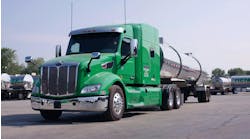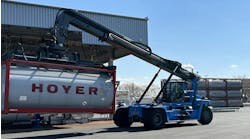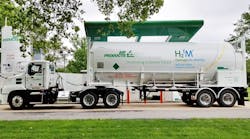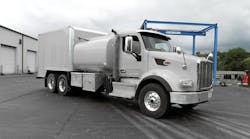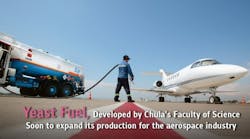Railroads will be required to route every train carrying the most toxic and dangerous hazardous materials on the safest and most secure route under a new federal rule, according to Department of Transportation (DOT) information.
The rule applies to trains hauling poison inhalation hazard (PIH) commodities, such as chlorine and anhydrous ammonia which are heavily used in farming, water purification, and manufacturing.
Beginning June 1, the rule requires railroads to conduct a comprehensive safety and security risk analysis of its primary route and any practicable alternative routes over which it has authority to operate. The analysis must consider information provided by local communities and a minimum of 27 risk factors like trip length, volume, and type of hazmat being moved, existing safety measures along the route, and population density. Railroads must implement their routing decisions based on these analyses by September 2009, according to DOT.
In addition, the rule includes several rail security provisions designed to guard against tampering with the rail hazmat car during transportation.
DOT said the new rule complements the department’s proposal last month to increase by 500 percent on average the amount of energy a rail hazmat tank car must absorb during a train accident before a catastrophic failure occurs.
